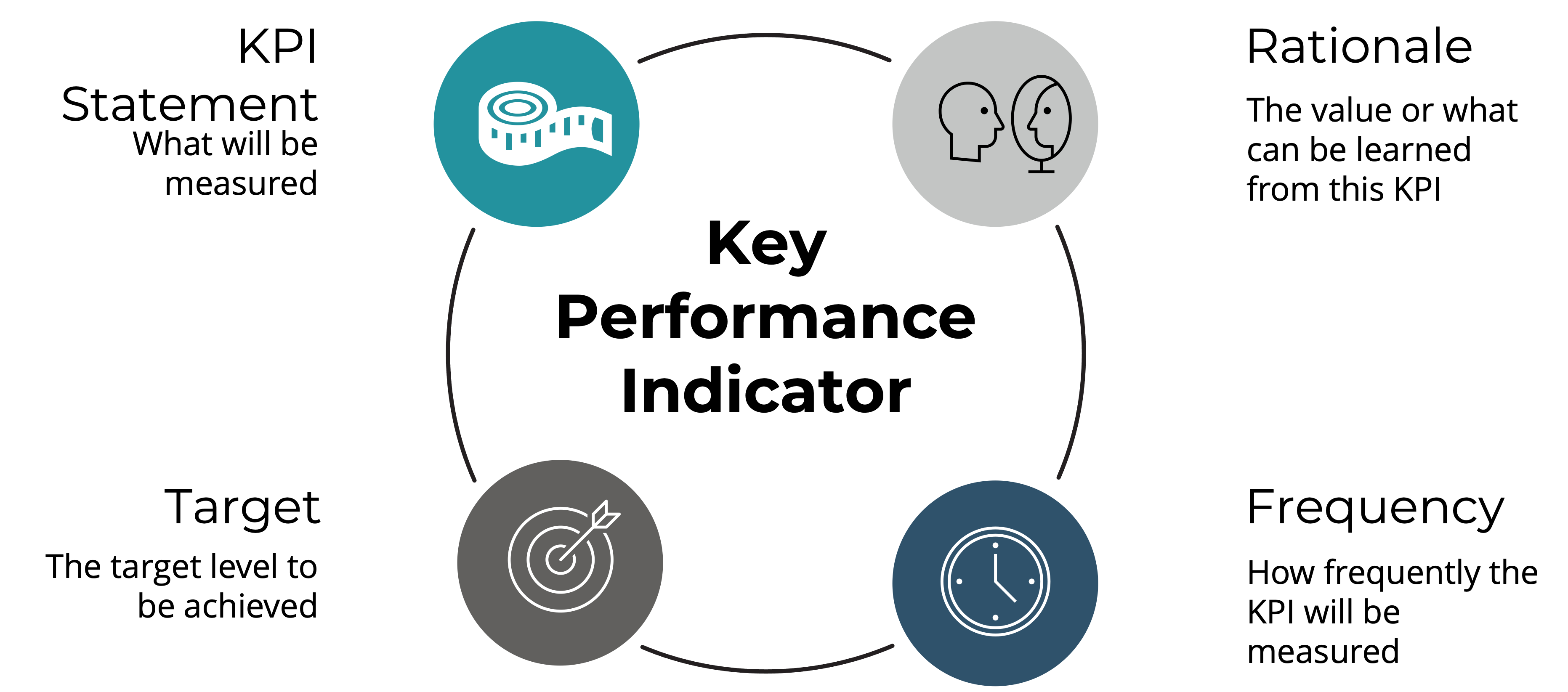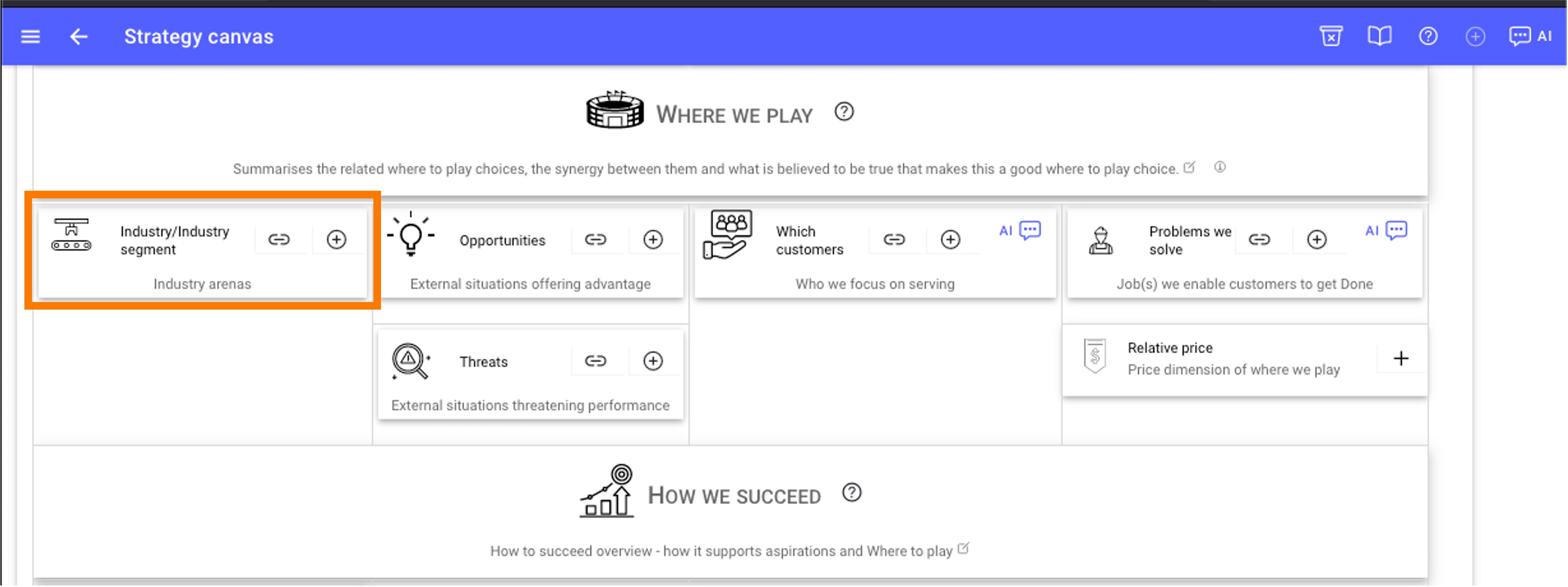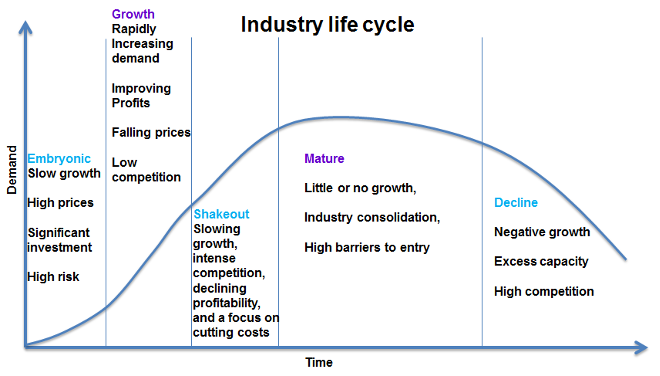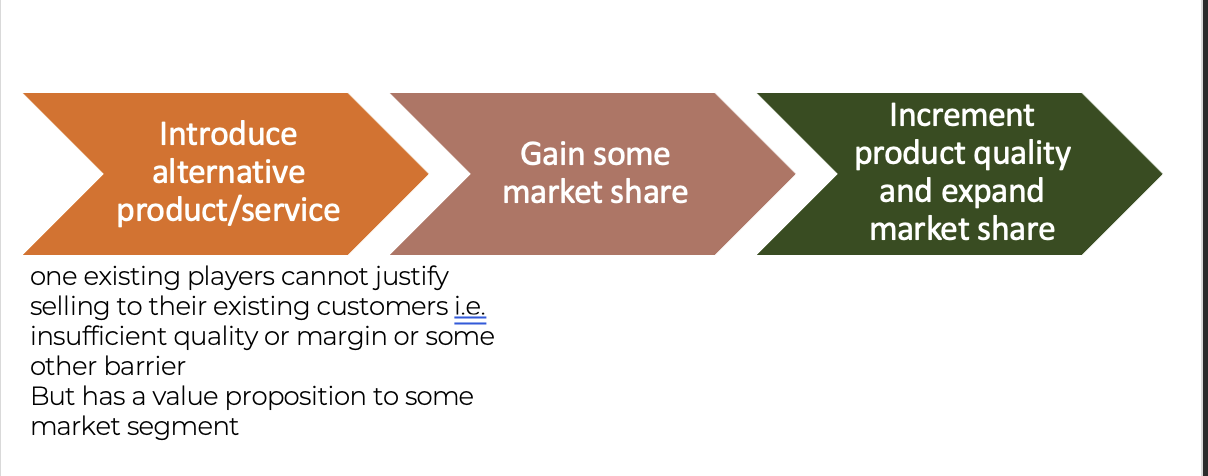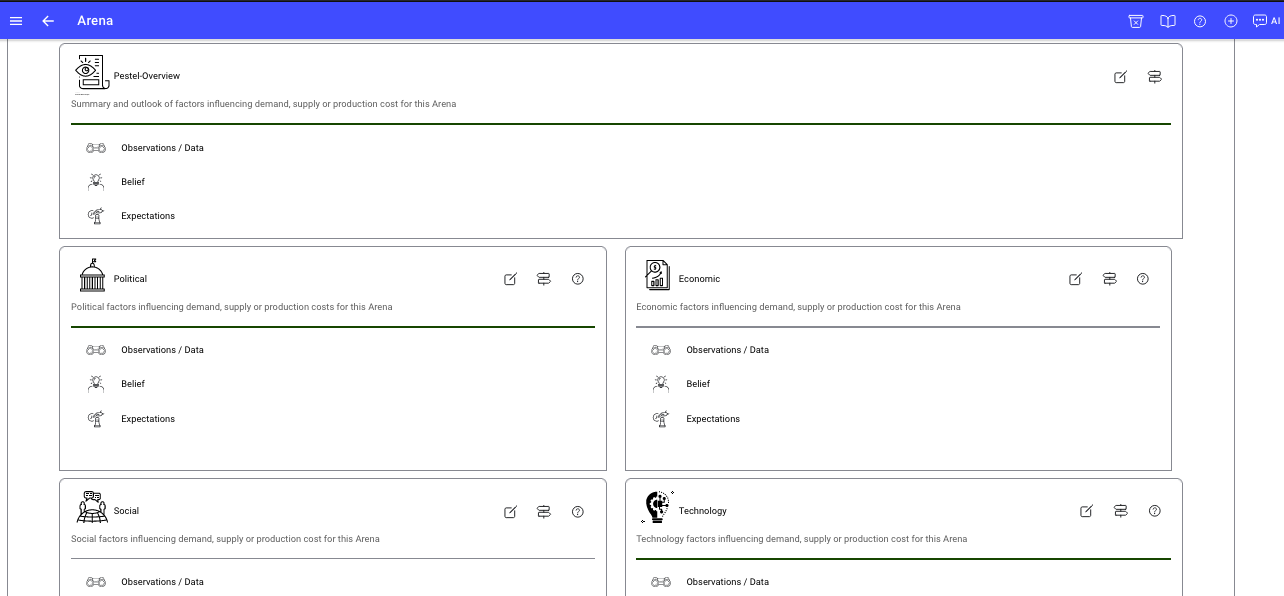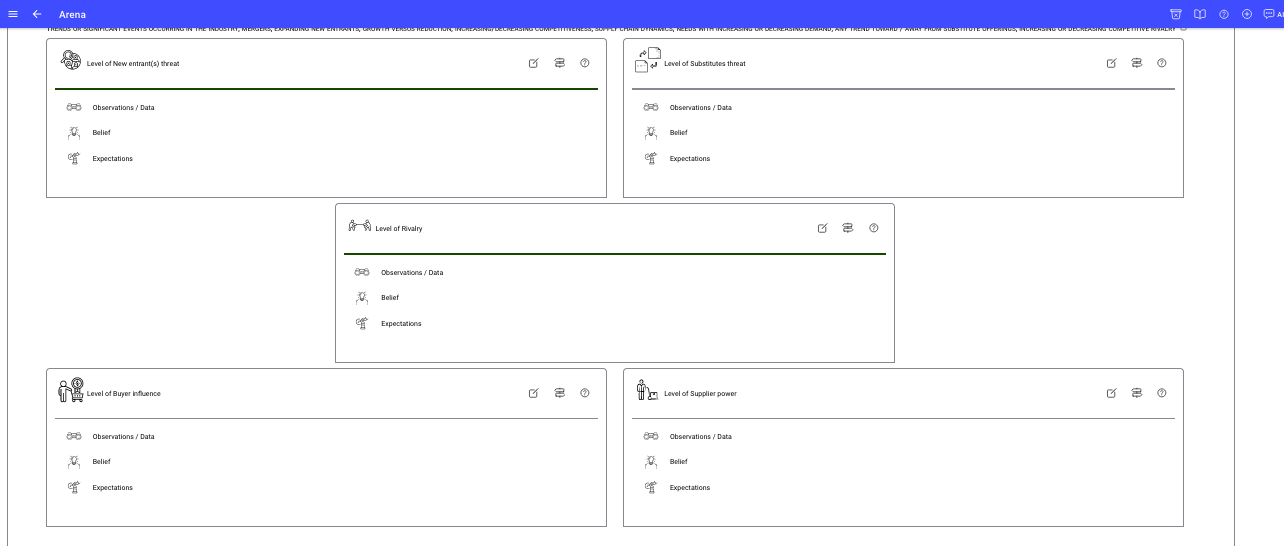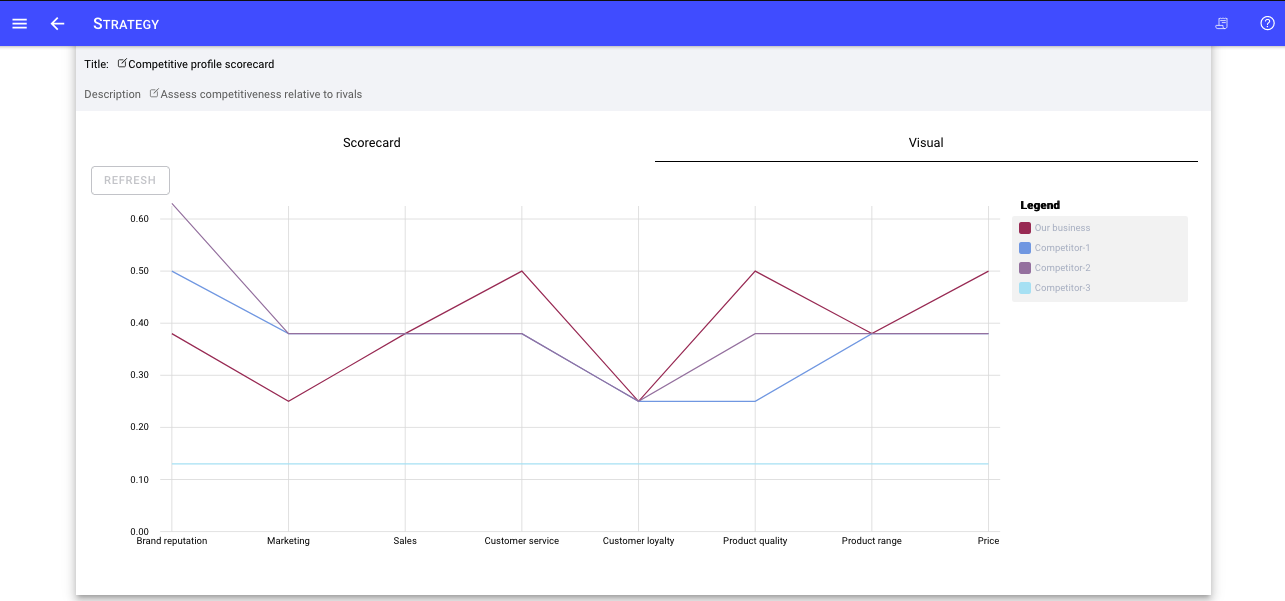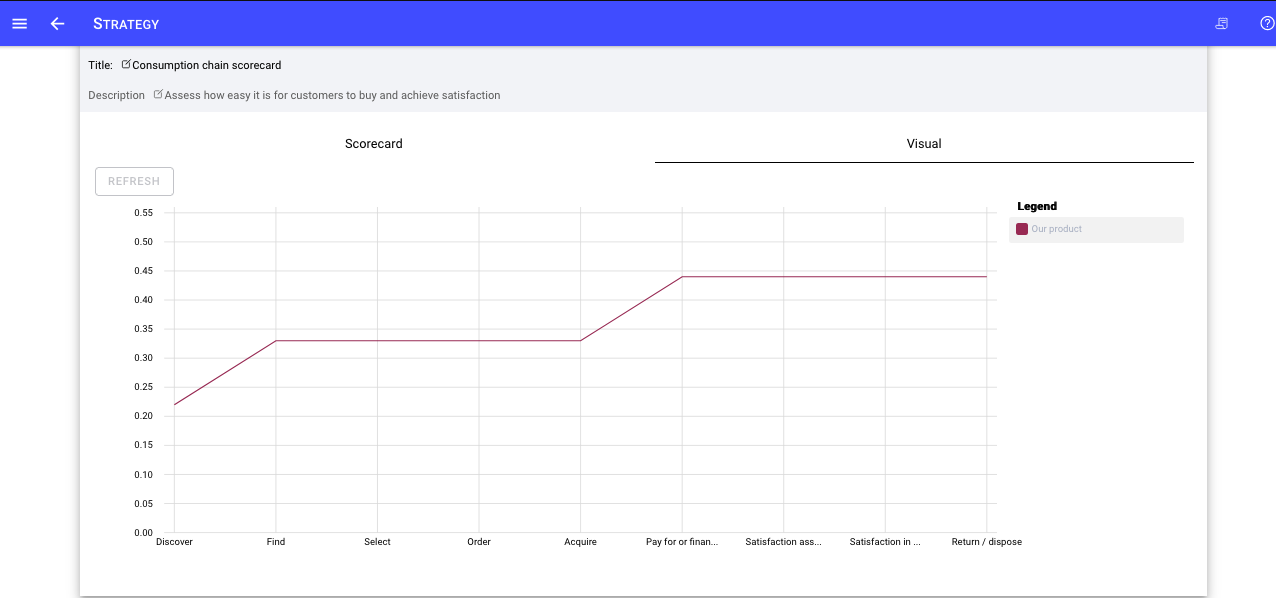
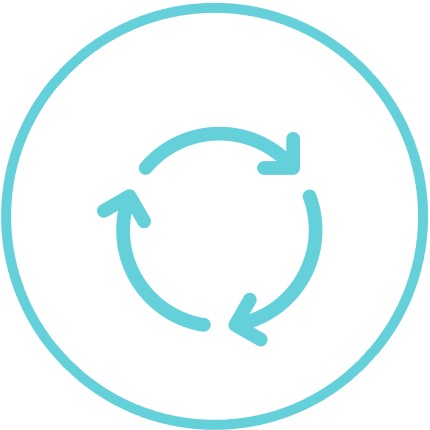
|
Cash flow |
Cash flow refers to the net amount of cash and cash equivalents being transferred in and out of a company. Cash received represents inflows, while cash spent represents outflows. A company’s ability to create value for shareholders / stakeholders is determined by its ability to generate positive cash flows or, more specifically, to maximize long-term free cash flow (FCF). FCF is the cash generated by a company from its normal business operations after subtracting any money spent on capital expenditures. |

|
Monthly revenue |
Revenue that a company expects to receive from customers for providing them with products or services. Also consider Monthly recurring revenue. |

|
Return on investment |
ROI tries to directly measure the amount of return on a particular investment, relative to the investment’s cost. To calculate ROI, the benefit (or return) of an investment is divided by the cost of the investment. The result is expressed as a percentage or a ratio. |

|
Cost of customer acquisition |
Customer acquisition cost (CAC) is the cost related to acquiring a new customer. CAC refers to the resources and costs incurred to acquire an additional customer. Customer acquisition cost is a key business metric commonly used alongside the customer lifetime value (LTV) metric to measure value generated by a new customer. |

|
Lifetime value of customer |
Measures the value of a customer to the business through the customer’s full lifespan. Customer Lifetime Value or LTV is one of the metrics used to measure the growth of a company. |

|
Team feedback |
What is the team experiencing as the enablers and blockers of success. How easy or difficult is it for the team to win with customers? |

|
Team capacity |
Track the capacity of your team, to produce customer value |

|
Retention rate |
Track the retention of your customers (retain, repeat business) along with team retention. |
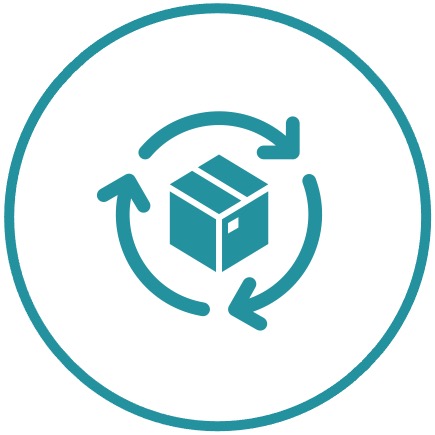
|
Productivity per employee |
Track the resources (time, money, other) necessary for employees to produce customer value. Improve tools, decision-making, access to information, accountability can all improve productivity. |
Choosing How to Measure and manage progress
KPI's and metrics can be used to measure progress toward your customer and business aspirations. By continuously monitoring your team can learn what works in terms of enabling progress and what less well or not at all. Remember the ol but true cliche - what gets measured gets done.
